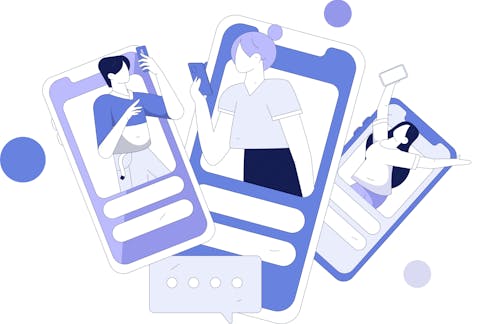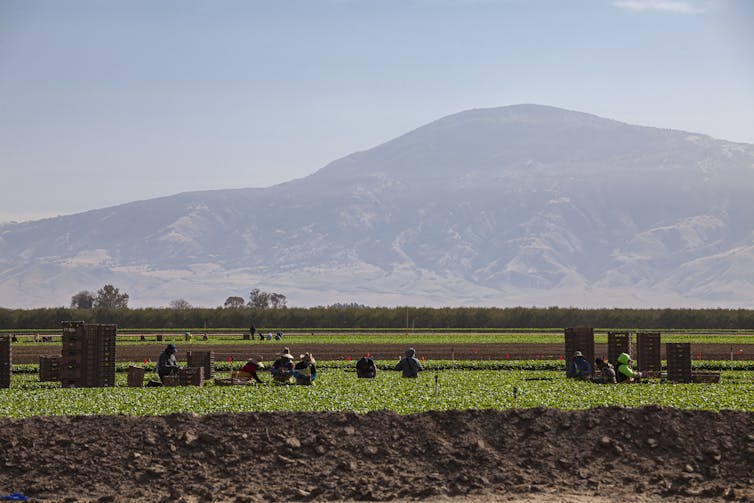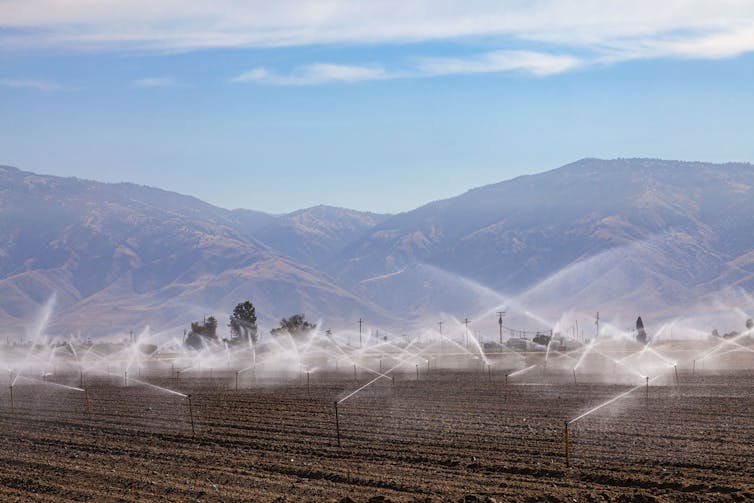Source: The Conversation – UK – By Mariko Visserman, Assistant Professor in Psychology, University of Sussex
When you’re looking for a relationship, chances are you’ll start off with a wishlist for your ideal partner. Maybe someone who is attractive or wealthy, someone who likes the same movies and the outdoors. Seems like a solid starting point, right? The problem is that in the real world, these wishlists are rarely helpful. And how realistic is the idea that one person can fulfil all our needs in the first place?
In 2017, researchers conducted a large speed-dating study. They wanted to see how well the preferences people indicated for a potential partner predicted who they wanted to see again after the event.
The researchers were left with nothing: people’s wishlists did not predict who they actually liked. Instead, they suggested that the best predictor of whether you like someone is seeing how they make you feel when you interact with them. Do you feel comfortable in their presence? Do they make you laugh?
The scientific evidence suggests that you have to meet people in the flesh if you want to find your match.
Dating today can feel like a mix of endless swipes, red flags and shifting expectations. From decoding mixed signals to balancing independence with intimacy, relationships in your 20s and 30s come with unique challenges. Love IRL is the latest series from The Conversation’s Quarter Life that explores it all.
These research-backed articles break down the complexities of modern love to help you build meaningful connections, no matter your relationship status.
People used to find their romantic partner by tapping into their social networks – through friends, family, or the people they met in their daily lives. Nowadays, we often look for a romantic partner using online dating platforms, which allow us to access a larger network of potential romantic partners than ever before.
This apparent abundance may encourage a critical comparison with your wishlist and you may spend a lot of time swiping through profiles of potential partners, without initiating meeting them.
Research suggests that doing so can leave you feeling paralysed by an overload of choice and less optimistic about your chances. Research also shows that people tend to have fewer matches as the number of profiles on offer increases.
The researchers of this paradox suggest that you may be wise to put yourself on a dating diet: only looking at a limited number of profiles each day and exploring them with a curious mind. Then, when contact is established and you feel positive about the initial interaction, the real experiment begins.
When you spend a long time interacting online you may construct an idealised version of your potential partner and what you hope they’re like. That leaves you all the more likely to be disappointed when meeting them in person, as it’s easy for them to fall short of your expectations.

dodotone/Shutterstock
A better strategy would be to meet them in the flesh with a curious mind, before becoming overly invested in an online persona that is not a fair representation of what the other person may be like.
Taking it offline
Whether you will go on to have a satisfying relationship in the long run depends more than anything on your relationship expectations and behaviour.
Being kind and attentive to each other’s goals and needs ensures each partner’s happiness and will help weather any challenge, small or large, that couples inevitably face. But here too, technology may disrupt your mindful awareness of others – for example being on your phone in the presence of your partner – posing a risk to enjoying relationships.
Couples today also seem to have historically high expectations for their partner to help them fulfil all their goals and needs. You may want a partner to be a passionate lover, your best friend, your motivational coach and help you achieve personal growth.
In other words, people’s wishlists people carry into relationships too, as we long for a partner to fulfil all our needs.

Dupe/Daniel Bughiu
Demanding all of this from one partner can place too much pressure on the relationships, rather than satisfying your needs. You may be left with a dissatisfying relationship that falls short of your expectations.
In some ways, we may all benefit from adopting lower expectations when looking for a partner and when being with them long term. This may help us appreciate them instead of taking their support and kind acts for granted.
It’s also a good idea to diversify your relationships. Having other important close (and even less close) relationships can help fulfil some needs your partner may not be best suited to meet, such as friends who like the same movies you do or who like to explore the outdoors together.
Research has shown that a greater diversity of relationships benefits happiness, as different relationships can serve different roles in fulfilling your needs, which may take some pressure off “the one” fulfilling all your needs.
Putting some brakes on your expectations for a romantic partner, when looking for a partner and when sharing your life with them, may help you to see more clearly who they are and appreciate what they contribute to your life.
![]()
Mariko Visserman does not work for, consult, own shares in or receive funding from any company or organisation that would benefit from this article, and has disclosed no relevant affiliations beyond their academic appointment.
– ref. Looking for meaningful romantic relationships? Start by diversifying your friendships and forgetting your wishlist – https://theconversation.com/looking-for-meaningful-romantic-relationships-start-by-diversifying-your-friendships-and-forgetting-your-wishlist-254022
















